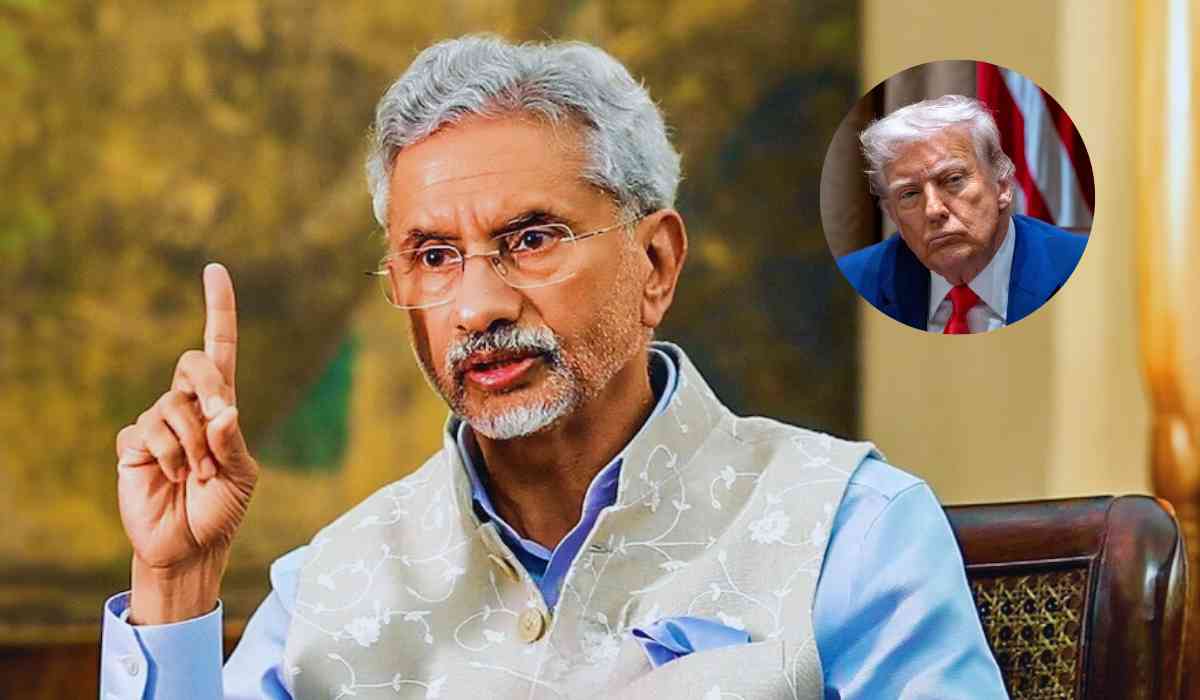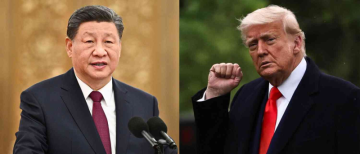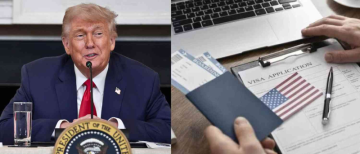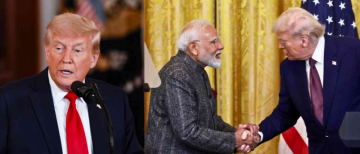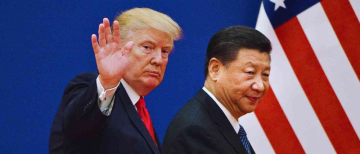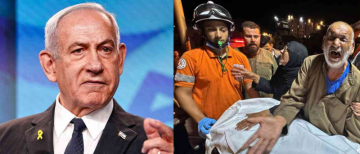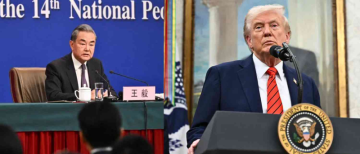The recent ceasefire between India and Pakistan, announced on May 10, 2025, has sparked a debate about who truly deserves the credit for ending the conflict. While some world leaders and media reports have highlighted the role of the United States in brokering peace, India’s External Affairs Minister, Dr. S. Jaishankar, has firmly credited the Indian military for the truce. This article explores what actually happened, why opinions differ, and what it means for the future of India-Pakistan relations.
The Background: What Led to the Ceasefire?

The conflict began after a terrorist attack in Pahalgam, Jammu and Kashmir, on April 22, 2025, which killed 26 civilians. India blamed Pakistan-based militant groups for the attack. On May 7, India launched airstrikes, codenamed Operation Sindoor, targeting terror camps in Pakistan and Pakistan-Occupied Kashmir. India said these strikes were aimed only at terrorist infrastructure and not at military or civilian targets.
Pakistan, however, denied involvement in the terror attack and claimed that Indian strikes hit civilian areas, including mosques. In response, Pakistan launched mortar shells and drone attacks on Indian positions, especially in Jammu. The fighting escalated, with both sides accusing each other of targeting military sites. This marked the first drone battle between the two nuclear-armed nations.
How Did the Ceasefire Come About?
After three days of intense fighting, military commanders from both countries spoke directly and agreed to stop all military action from 5:00 PM on May 10, 2025. The announcement was made by India’s External Affairs Minister, S. Jaishankar, who stressed that the ceasefire was a bilateral agreement, not the result of outside mediation.
However, during the conflict, the United States, through President Donald Trump, Vice President JD Vance, and Secretary of State Marco Rubio, had been in touch with officials from both India and Pakistan. Trump claimed credit for brokering the ceasefire, saying he helped settle the problem between the two countries. Pakistan’s Prime Minister also thanked the US and other countries for their role.
The US State Department later clarified that while the US supported peace, the ceasefire was ultimately a direct agreement between India and Pakistan. The Indian government made it clear that there was no third-party mediation and that all talks were bilateral.
What Did Jaishankar Say?
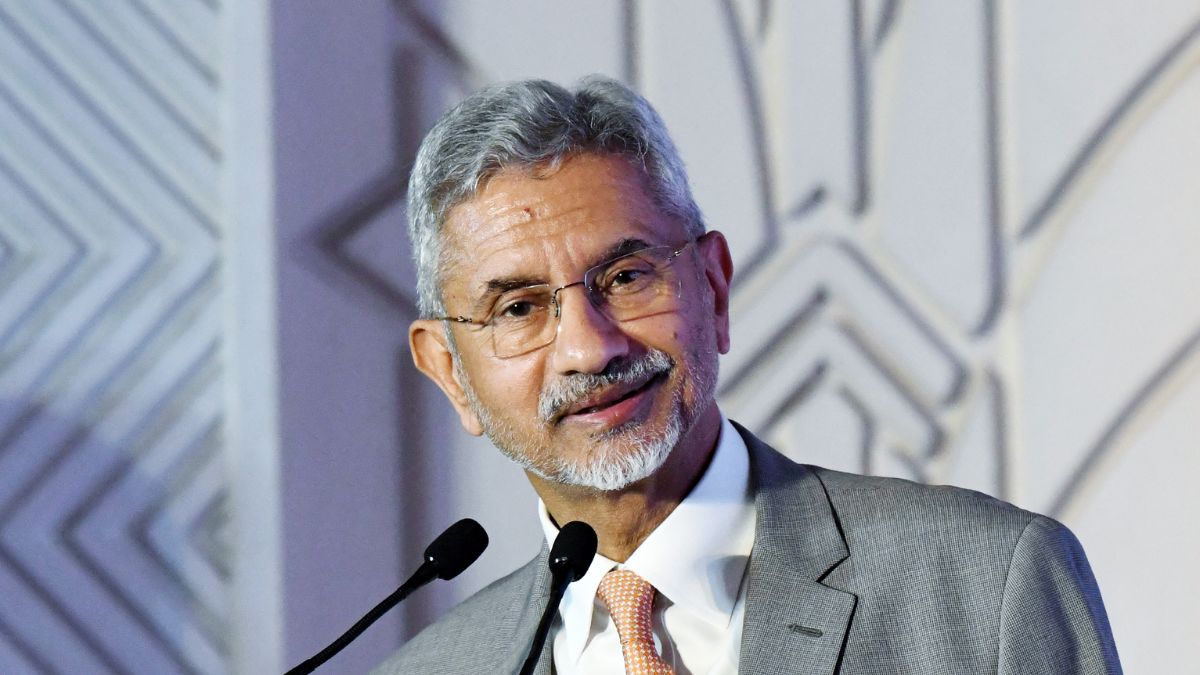
Dr. S. Jaishankar, in an interview with a German newspaper, was asked if the world should thank the US for the ceasefire. He replied that credit should go to the Indian military, whose actions forced Pakistan to say, “We are ready to stop”. He explained that the morning before the ceasefire, Indian forces had crippled Pakistan’s main airbases and air defence systems. This, he said, made Pakistan’s military reach out directly to their Indian counterparts to call for an end to hostilities.
Jaishankar also dismissed the idea that the conflict was close to turning nuclear, saying, “Very, very far away. I’m frankly astonished by your question. Our actions were measured, careful, and non-escalatory.”
Why Do Opinions Differ?
There are different views on who played the biggest role in the ceasefire. Here’s why:
-
United States: The US government and President Trump claimed a major role in ending the conflict. They said their officials spoke to leaders on both sides and helped calm tensions.
-
Pakistan: Pakistan’s leaders thanked the US and other countries for their support, but also agreed to the ceasefire directly with India.
-
India: India insists that the ceasefire was agreed directly between military commanders, without any outside mediation. Jaishankar and other officials said the US role was limited to expressing concern and encouraging peace, not brokering the deal.
What Does This Mean for the Future?

The ceasefire has held so far, with both countries reopening airspace and resuming normal activities. For India, the message is clear: it will not accept third-party mediation on issues with Pakistan. This is in line with the 1972 Simla Agreement, which says that India and Pakistan should resolve their disputes bilaterally.
For the international community, the episode shows that while outside countries can encourage peace, the final decision to stop fighting must come from within. The US and other countries played a role in urging both sides to de-escalate, but the actual ceasefire was a result of direct contact between India and Pakistan.
Who Deserves the Credit?
From a neutral point of view, both arguments have merit. The US and other countries did help by keeping communication lines open and urging both sides to step back from the brink. Their involvement may have created a climate where dialogue was possible.
But the Indian government’s position is also strong. The ceasefire became a reality only after the Indian military’s actions made Pakistan realize the costs of continuing the conflict. The direct talks between military commanders show that both countries were able to find a way to de-escalate on their own, without needing someone else to make the decisions for them.
Final Note
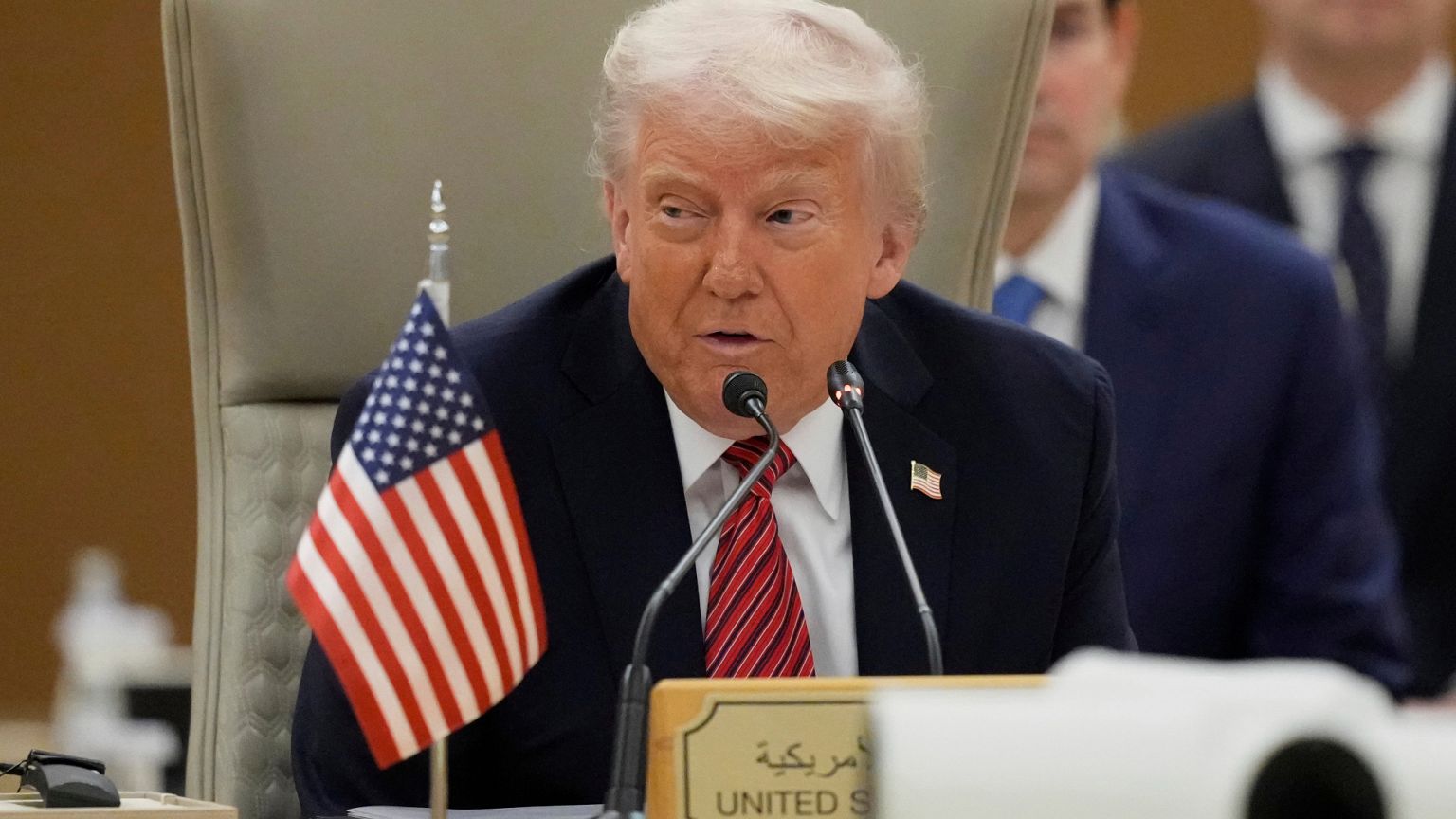
The 2025 India-Pakistan ceasefire is a reminder that while international support can be helpful, the real work of peace is done by the countries themselves. The US and others played a role in encouraging dialogue, but the actual ceasefire was agreed directly between India and Pakistan. Dr. S. Jaishankar’s statement that credit goes to the Indian military reflects India’s belief in its ability to handle its own affairs and protect its interests.
In simple terms: the world can help, but only the people directly involved can truly make peace. And for now, the ceasefire is holding, giving hope that both countries can find a way to live side by side peacefully.
With inputs from agencies
Image Source: Multiple agencies
©️ Copyright 2025. All Rights Reserved. Powered by Vygr Media.

